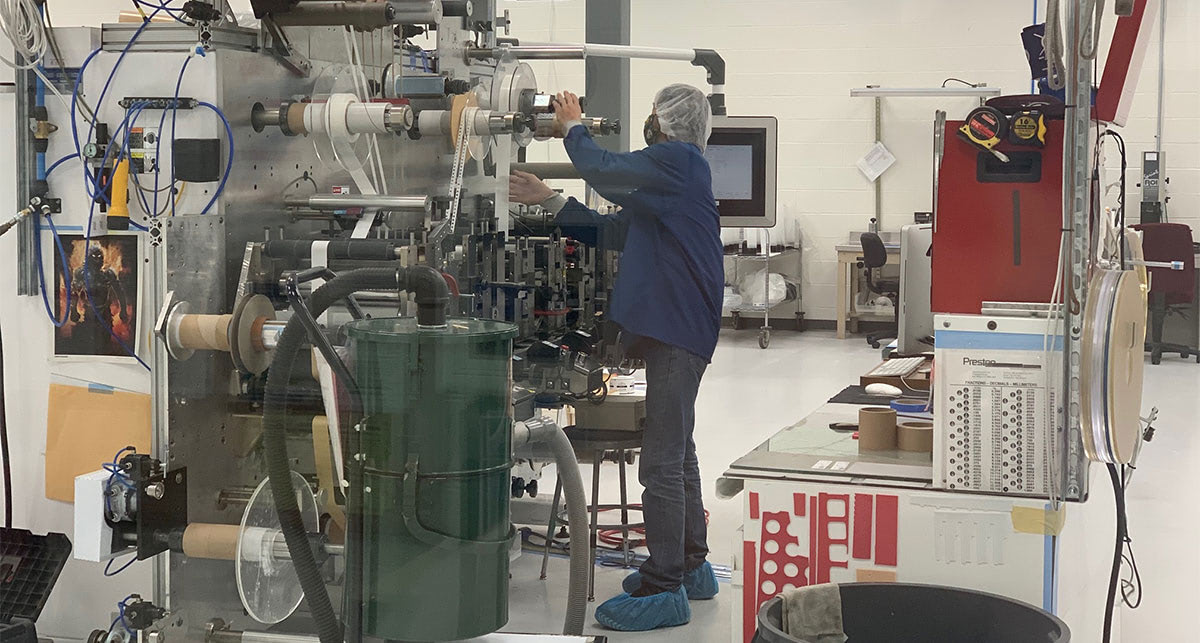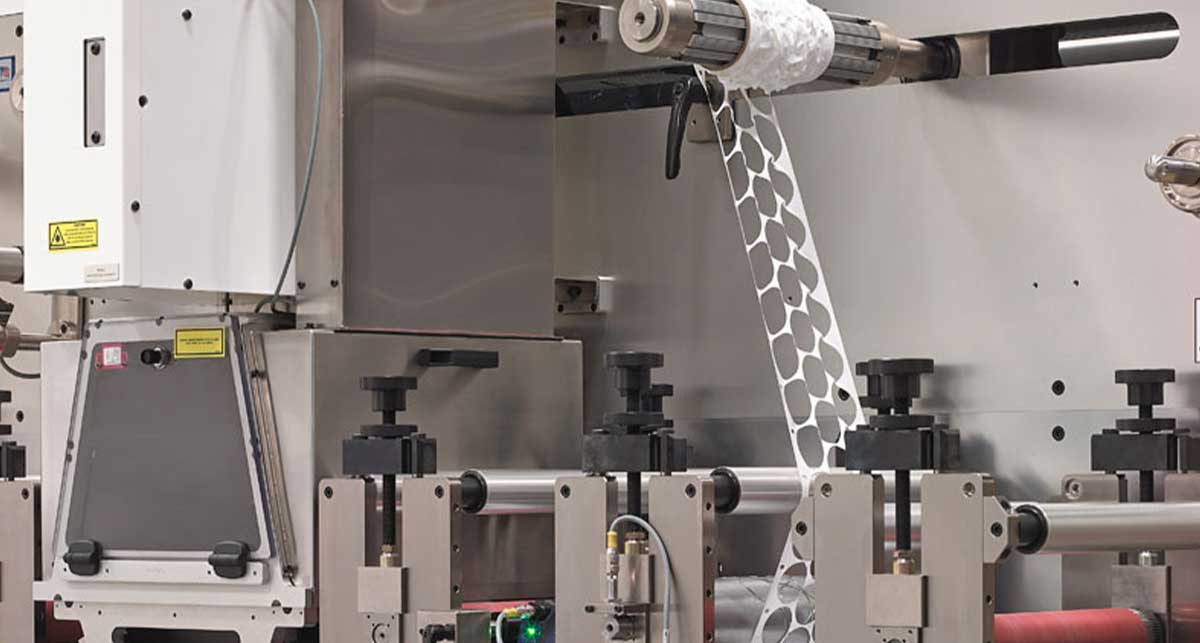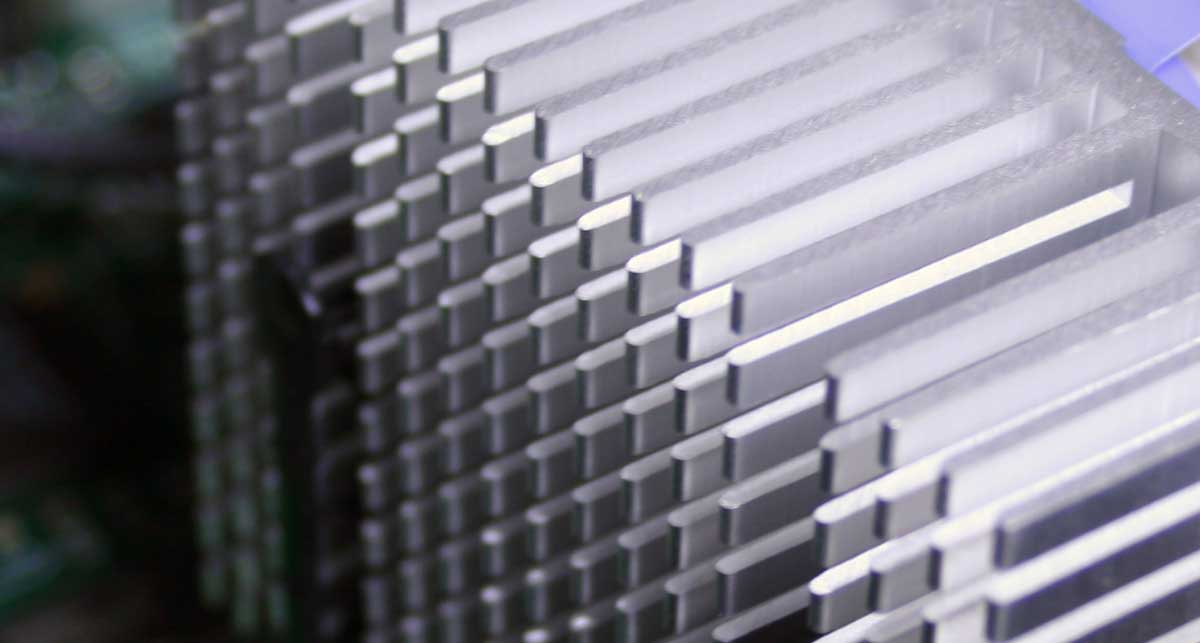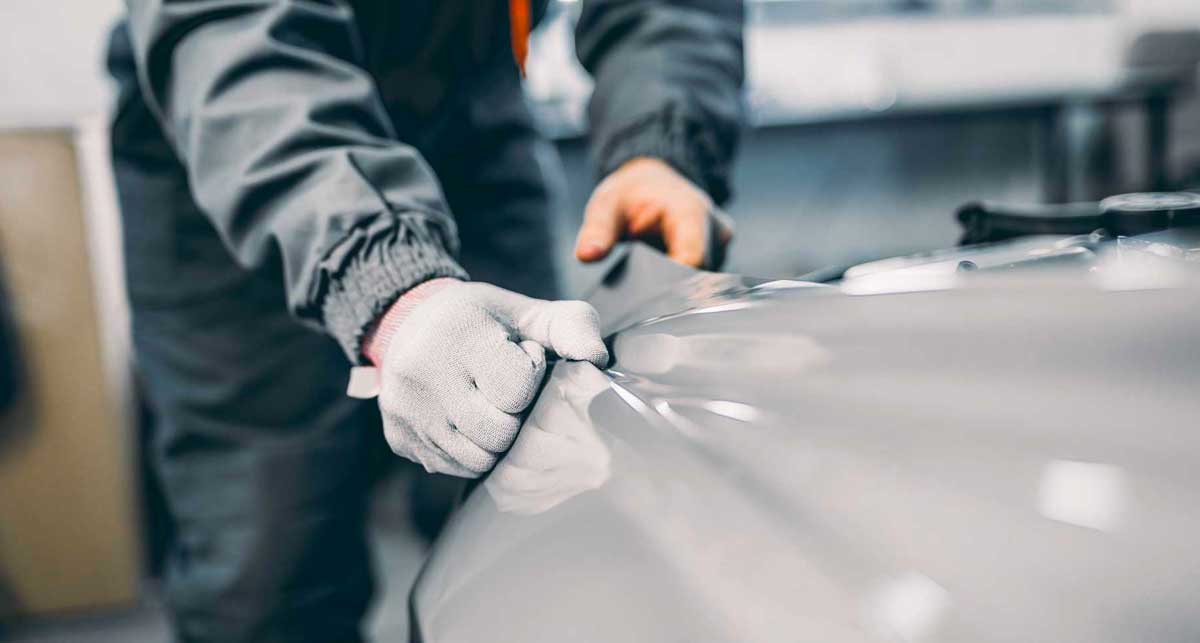Are you fully prepared to choose a rubber gasket? For some projects, rubber foam alone may suffice. However, others may require a seal adhesive in order to function properly.
As a custom gasket manufacturer, we often work with a variety of adhesives and materials. Today, we’ll guide you through picking the right adhesive for a powerful rubber gasket.
By the end of this article, you should understand the factors to consider when choosing an adhesive for your rubber gasket.
What is Rubber Gasket Adhesive?
Not all gasket applications require an adhesive, but depending on the application, an adhesive can hold a gasket in place more securely. For instance, some gaskets are held on by mechanical fasteners, like bolts (classic car engines) or screws (watches). Others can be fixed in place by tension. The gaskets we are specifically referencing utilize adhesive to hold them in place.
Types of Rubber Gaskets and Adhesive
If you plan on using an adhesive for your rubber gasket, you’ll want to inspect your options first.
RUBBER GASKET OPTIONS
| RUBBER GASKET TYPE | TEMPERATURE RANGE | OTHER PROPERTIES |
|---|---|---|
| Silicone rubber | -76°F to 446°F (-60°C to 230°C) | Lightweight in density Elastomeric (returns to its original shape after stretching) Water, UV light, ozone resistance |
| Nitrile rubber (BUNA-N) | -40°F to 257°F (-40°C to 125°C) |
Resistant to fuels, oils, and petroleum-based fluids Lower mechanical properties |
| Polyurethane | -80°F to 200°F (-62°C to 93°C) |
Abrasion and tear resistance Flexible with a strong rebound Resistance to water, oil, and grease Cost-effective |
| EPDM | -58°F to 302°F (-50°C to 150°C) |
Weather, water, and steam resistance Insulating and dielectric properties |
| Neoprene | -40°F to 248°F (-40°C to 120°C) |
Resistant to chemicals, oils, and petroleum-based fluids Low-density Weathering and ozone resistance Higher cost |
| Butyl | -60°F to 250°F (-51°C to 121°C) |
Resistant to most chemicals, gases, and moisture Aging and weathering resistance Vulnerable to certain oils and hydrocarbons |
| SBR | -20°F to 212°F (-28°C to 100°C) |
Tear, abrasion, and thermal resistant Lower cost Water, acid, and alcohol resistant Vulnerable to oils, ozone, and sunlight |
| Natural rubber | -60°F to 220°F (-51°C to 104°C) |
Abrasion resistance High compressive and tensile strength High elongation Susceptible to ozone and oil-based fluids, chemicals, and solvents |
PLAN FOR GASKET COMPRESSION
The compression factor is an essential aspect of choosing gasket materials. When you apply 40 pounds of pressure to ¼ inch foam rubber, compressing it to ⅛ inch, it becomes waterproof. Compress it to 1/16th inch, and it handles pressure at 10,000-foot depths. Compress it to 1/32 inch, and its seal is tight enough for space travel. Make sure that the material’s compression factor aligns with the gasket’s intended purpose.
GASKETING ADHESIVE OPTIONS
| GASKET ADHESIVE TYPE | OPERATING TEMPERATURE RANGE | OTHER PROPERTIES |
|---|---|---|
| Acrylic-based | -50°F to 350°F (-46°C to 177°C) |
Flow under light pressure Adhere to most gasketing materials and surfaces Bonds well to irregular or rough surfaces |
| Silicone-based | -80°F to 450°F (-62°C to 232°C) |
Adhere well to most surfaces (best to silicone elastomers) May require a curing time Higher cost |
| Rubber-based | 50°F to 150°F (10°C to 66°C) |
General-use adhesive Works best on aluminum, bare metal, stainless steel, and non-polar substrates (polyolefins, EPDMs, silicones) Lower cost |
Of course, if you’re caught between multiple options, you can always test different combinations using a rapid prototyping service. At Strouse, we offer a Sample Express program for that precise reason.
Submit a technical drawing, and we can begin testing different materials and adhesives to see which best suits your application.
Choose the Right Rubber Seal Adhesive
Before you choose an adhesive and commit to your seal design, you'll want to take a few key steps.
#1: DECIDE HOW STRONG THE SEAL NEEDS TO BE
Rubber gasket seals are robust because the rubber is thick and durable, allowing it to absorb more force exerted on it. The adhesive will likely fail before the rubber gasket, but you can find out by applying force to a prototype sample; putting 1,000 psi of force on a small surface area is enough to test any adhesive.
-
PLANNING FOR THE ALLOTTED SURFACE AREA
That brings us to the surface area. Larger surfaces have superior adhesion, meaning the adhesive's importance grows when an application has limited space. For example, if the surface area was large enough, one converted piece of adhesive rubber could replace a piece of rubber using 25 screws.
-
COMBINING ADHESIVE WITH OTHER FASTENERS
Some demanding applications use both mechanical fasteners and adhesives to increase the bond and prevent failure. Bolts may serve as a backup if the adhesive fails. Conversely, an adhesive may do nothing more than hold the gasket in place until a mechanical fastener is added to make a solid seal.
#2. CONSIDER ENVIRONMENTAL FACTORS
Similar to how available surface area directly affects a bond’s holding power, the environment in which the rubber gasket seal performs is critical. Exposure to high temperatures, pressure, and chemicals must be considered and tested. Of course, because application methods and conditions vary, testing samples is highly recommended.
#3. DETERMINE THE LENGTH OF HOLD
Not every type of adhesive holds for the same amount of time. Even different gasket applications have different requirements, from temporary to permanent and everything in between.
Adhesives are generally classified based on their form: tape, film, paste, liquid, and solid. By nature of the rubber, rubber gasket seals have high initial tack and hold, but not as strong a final hold as acrylic tape.
#4. PLAN AROUND DESIRED SUBSTRATES
Choosing the right adhesive is impossible until you consider the substrates (a.k.a. the surfaces). Substrates ultimately determine the adhesives you can use, which may also limit the material you use for the gasket. Substrates with a high surface energy, such as metals, aren’t picky regarding adhesives. However, low-surface-energy plastics will limit your adhesive options.
#5. CONSIDER HOW YOU’RE GOING TO ASSEMBLE
Manufacturers often cut flatbed parts for manual application. However, large and thin rubber rectangles can be complex to handle independently.
Automation plays a significant role in optimizing your gasket production for efficiency. A converter can precisely die cut gaskets with a backing material to help them retain their shape until placed. By using advanced engineering to create an automation-ready product, converters can often improve gasket production and placement.
Perfect Your Rubber Gasket Design
Designing a gasket is no easy task, and it becomes even more challenging when you begin to consider gasket adhesives.
Submit your gasket design to get started with a converter today. As a flexible material converter, we’ve made millions of gaskets and can recommend materials and adhesives to increase future manufacturability.
You can also find additional resources and gasketing tips in our Learning Center, or contact us with questions. Hopefully, these questions will help you design the perfect gasket— happy gasketing!
Originally published: November 23, 2021
.jpeg?width=290&name=0%20(1).jpeg)






